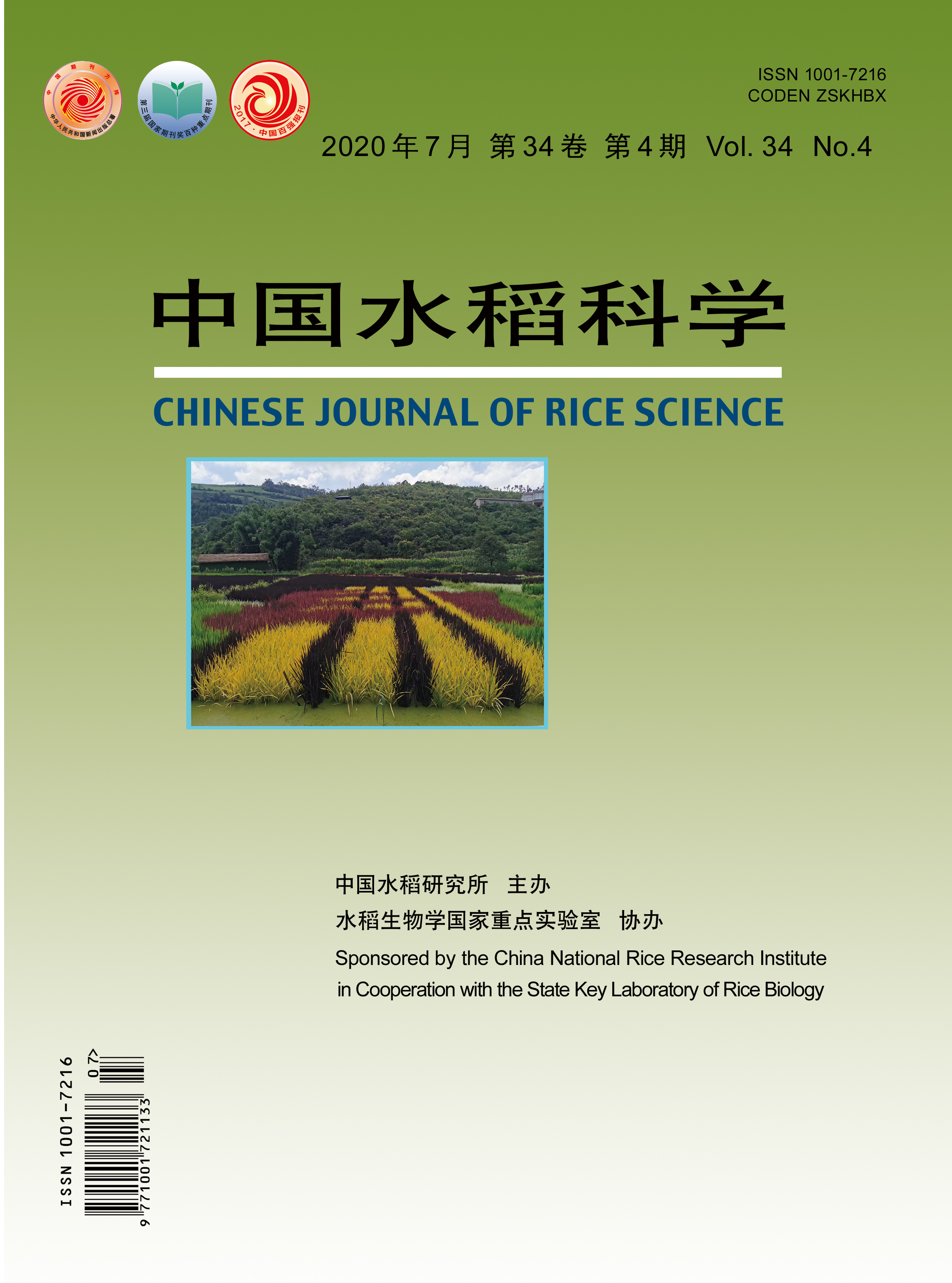【Objective】The objective is to improve the growth and development of rice by optimizing water and fertilizer supply in rice growing duration.【Method】A field experiment of fertilization and irrigation under leaf age regulation was conducted in 2016 and 2017 at 852 Farm in Heilongjiang Province. Rice variety Kendao 24 was used as material under two irrigation modes (leaf age irrigation mode, LI; conventional irrigation mode, RI) and two fertilization modes (leaf age regulation side deep fertilization mode, SF; conventional fertilization mode, RF).【Result】Rice morphological traits, photosynthetic characteristics, water and fertilizer use efficiency and grain yield were significantly affected by LI+SF (P< 0.05). Compared with RI + RF, LI+SF significantly increased leaf area index, adventitious root number per plant, total root length, total root surface area and total root volume by 21.2%, 22.7%, 20.8%, 45.2% and 17.8%, respectively. Photosynthetic rate, net photosynthetic rate, chlorophyll contents and stomatal conductance were significantly increased by 17.4%, 18.4%, 26.8% and 40.1%, respectively. Seed setting rate, 1000-grain weight and theoretical yield were significantly increased by 6.3%, 2.4% and 28.2%, respectively. Average yield was increased by 5.2%, and net income was increased by 13.21%. Agronomic efficiency of nitrogen fertilizer, grain nitrogen uptake, grain yield and utilization efficiency, partial productivity of nitrogen fertilizer and nitrogen harvest index were significantly increased by 11.1%, 6.9%, 5.8%, 13.6% and 8.0%, respectively. In addition, 1 000 t/hm2 irrigation water can be saved by LI mode. RI+SF mode can exert a positive influence on plant morphology, photosynthetic characteristics, biological yield and water and fertilizer use efficiency. The average yield was increased by 2.3%. However, the coupling effect of water and fertilizer was not fully exerted.【Conclusion】LI + SF mode is the best precise irrigation and fertilization mode in this study, and it is also suitable to be popularized as a water-saving, fertilizer saving and high-yield technology for rice in the cold area of northern China.

